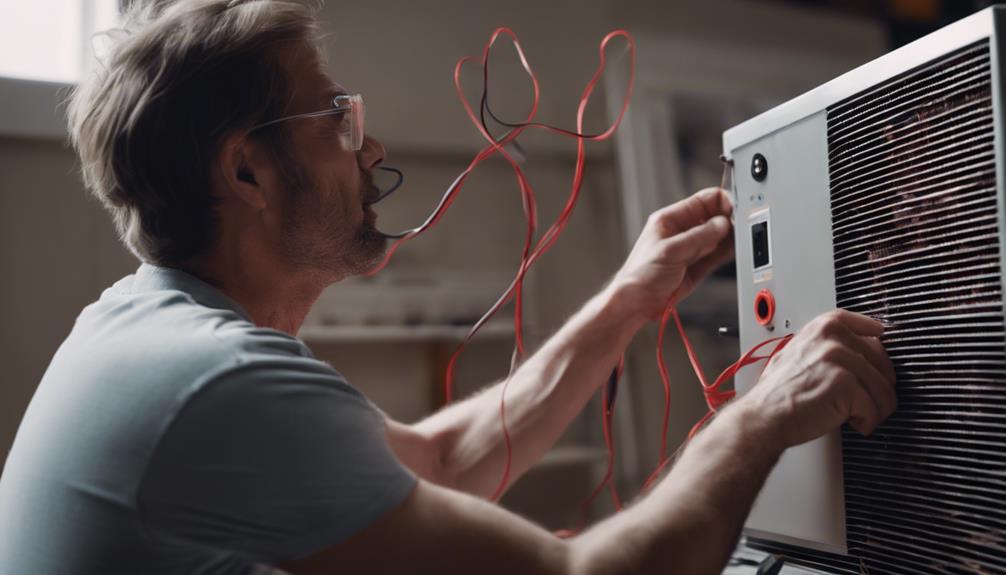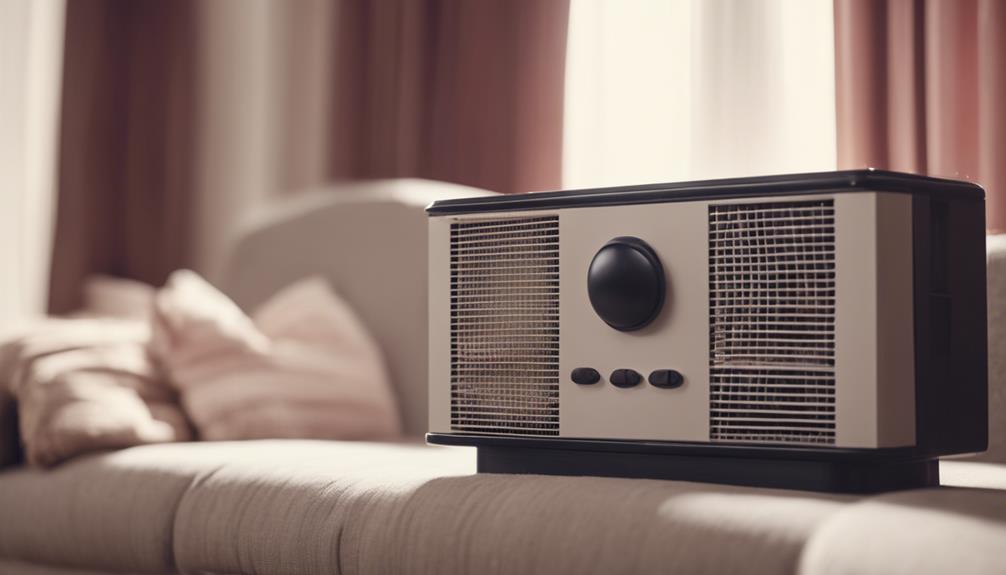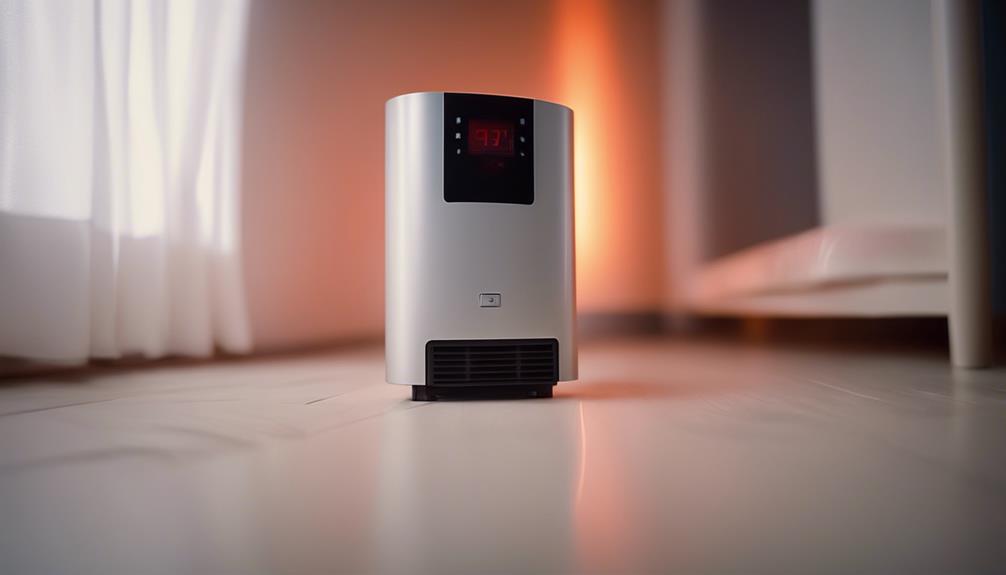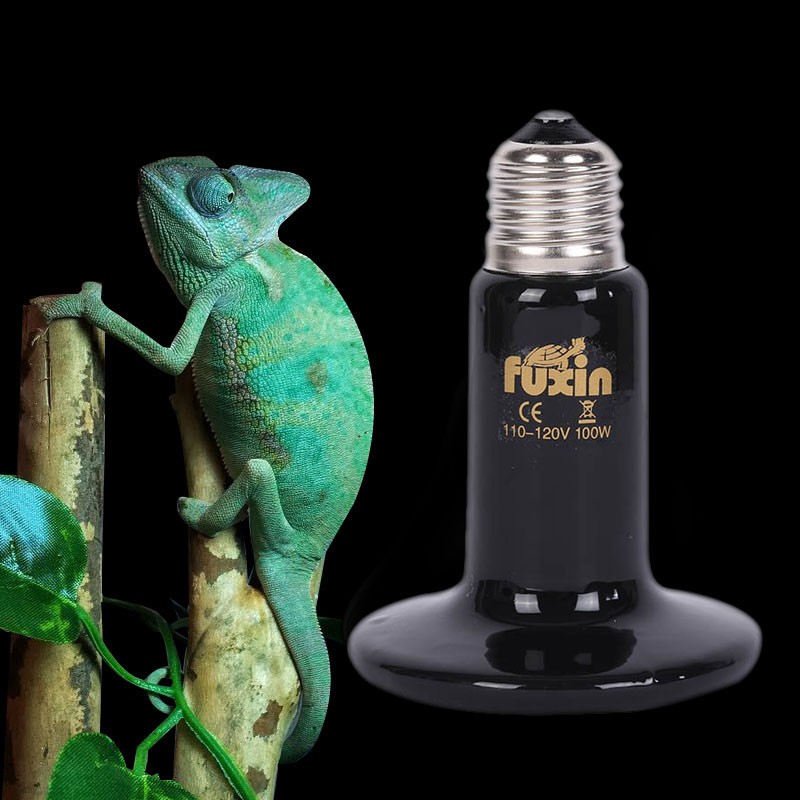
If your infrared heater installation is failing, it might be due to incorrect wiring connections. Verify your wiring matches the heater's requirements to avoid issues. Check for proper power supply; use a multimeter to confirm voltage output meets specs. Position your heater correctly for even distribution and adequate airflow. Inspect components for damage or faults affecting performance. Ascertain your mounting height and angle are suitable. Regular maintenance and cleaning prevent breakdowns. Check compatibility with thermostat systems. Understanding these common issues can help you troubleshoot and resolve your infrared heater installation problems effectively.
Incorrect Wiring Connections

Make certain that the wiring connections on your infrared heater are correctly aligned with the corresponding terminals to prevent potential installation issues.
When dealing with wiring connections, it's imperative to take into account both the wiring gauge and connection types. The wiring gauge refers to the thickness of the wire used, with lower gauge numbers indicating thicker wires capable of handling higher currents. Always verify that the wiring gauge matches the requirements of your infrared heater to prevent overheating and potential hazards.
Moreover, understanding the different connection types is essential for a successful installation. Common connection types include screw terminals, spade terminals, and wire nuts. It's important to use the appropriate connection type specified by the manufacturer to guarantee a secure and reliable connection.
Improper connections can lead to erratic heater behavior, malfunctions, or even electrical hazards. By paying close attention to the wiring gauge and using the correct connection types, you can avoid potential issues with your infrared heater installation.
Insufficient Power Supply
Make certain that your infrared heater is receiving an adequate power supply to avoid operational issues and performance deficiencies.
When dealing with insufficient power supply, the first step is to conduct a thorough power source troubleshooting process. Begin by checking the power outlet to ascertain it's functioning correctly and providing the required voltage. Use a multimeter to assess the voltage output accurately. If the voltage is below the manufacturer's specifications, it could lead to the infrared heater not operating effectively.
Additionally, examine the circuit breaker connected to the heater to verify it hasn't tripped or blown. Reset the breaker if necessary and monitor it for any reoccurrence.
In some cases, inadequate power supply can be due to overloaded circuits or shared circuits with high-power-consuming appliances. Consider redistributing the load to guarantee the infrared heater receives the power it needs to function efficiently.
Placement and Ventilation Issues

Guaranteeing proper placement and adequate ventilation are vital factors to take into account when installing an infrared heater to enhance its performance and prevent potential issues.
Proper placement involves positioning the heater in a location where it can evenly distribute heat throughout the intended space. Placing the heater too close to walls or furniture can obstruct heat distribution, leading to uneven heating and reduced efficiency. To improve heat distribution, verify that the heater is mounted at an appropriate height and angle to cover the desired area effectively.
In addition to placement, effective airflow management is important for the ideal operation of an infrared heater. Poor ventilation can result in overheating, reduced performance, and potential safety hazards. Make certain there's sufficient clearance around the heater to allow for proper air circulation.
Clear any obstructions that could impede airflow, such as curtains or furniture. Regularly clean the heater and its surroundings to prevent dust buildup, which can hinder heat emission and airflow.
Faulty or Damaged Components
To guarantee the proper functioning of your infrared heater, it's vital to inspect for any faulty or damaged components that could impact its performance. One common issue is poor component quality. When components like heating elements, wiring, or sensors are subpar, they can lead to malfunctions or even safety hazards. Ascertain that all parts meet quality standards and are compatible with your specific heater model.
Another aspect to take into account is adherence to installation guidelines. Even the highest quality components can fail if not installed correctly. For instance, improper wiring connections can cause the heater to short circuit. Make sure to follow the manufacturer's instructions meticulously during the installation process.
Regularly checking for damaged components is imperative for the longevity of your infrared heater. Conduct routine inspections to look for signs of wear and tear, corrosion, or loose connections.
Improper Mounting or Positioning

Check the positioning and mounting of your infrared heater to avoid potential performance issues and safety hazards.
Improper mounting height or positioning angle can lead to inefficient heating and even potential safety risks. When installing your infrared heater, verify that the mounting height is appropriate for the size of the space you intend to heat.
Mounting the heater too high can result in heat dispersion that's too widespread, while mounting it too low may lead to localized heating.
Additionally, consider the positioning angle of the heater. Aiming the heater too high or too low can impact the distribution of heat in the room.
To achieve maximum heating efficiency, position the heater at an angle that allows the heat to spread evenly throughout the space.
Inadequate Maintenance and Cleaning
Inspecting your infrared heater regularly for any signs of dust buildup or wear is crucial to maintaining its efficiency and prolonging its lifespan. Dust accumulation on the heater's components, especially on the reflective surfaces and heating elements, can greatly reduce its performance.
To address this, make certain you perform routine filter replacement to prevent dust from clogging the system and hindering heat distribution. Additionally, conduct safety inspections to check for any loose connections or signs of damage that may pose a risk.
Inadequate maintenance can lead to decreased heating efficiency and potential safety hazards. To avoid these issues, incorporate regular performance checks into your maintenance routine.
Monitor the heater's output temperature and heating patterns to make sure it's operating at peak levels. By staying proactive with maintenance and cleaning tasks, you can maximize the effectiveness of your infrared heater and enjoy a safe and comfortable environment.
Compatibility With Thermostat Systems

How can you guarantee that your infrared heater is compatible with thermostat systems for ideal control and efficiency? Verifying thermostat compatibility is essential for seamless integration and efficient operation of your infrared heater.
When selecting an infrared heater, check for compatibility with various thermostat systems, especially considering smart thermostat integration for enhanced control and energy savings.
Smart thermostats offer advanced features like remote monitoring, scheduling, and energy usage tracking. To confirm compatibility, verify that your infrared heater supports the communication protocol required by your chosen smart thermostat. Common protocols include Wi-Fi, Zigbee, or Z-Wave.
Additionally, some infrared heaters come with built-in smart capabilities, allowing direct integration with popular smart thermostat brands.
Before purchasing an infrared heater, thoroughly review the product specifications to confirm compatibility with your existing thermostat system or the smart thermostat you plan to install.
Conclusion
Guarantee proper wiring connections, adequate power supply, correct placement and ventilation, and regular maintenance to prevent infrared heater installation failures.
Check for faulty components, guarantee proper mounting, and compatibility with thermostat systems.
By addressing these issues, you can troubleshoot and resolve any problems with your infrared heater installation, guaranteeing efficient and effective operation.

